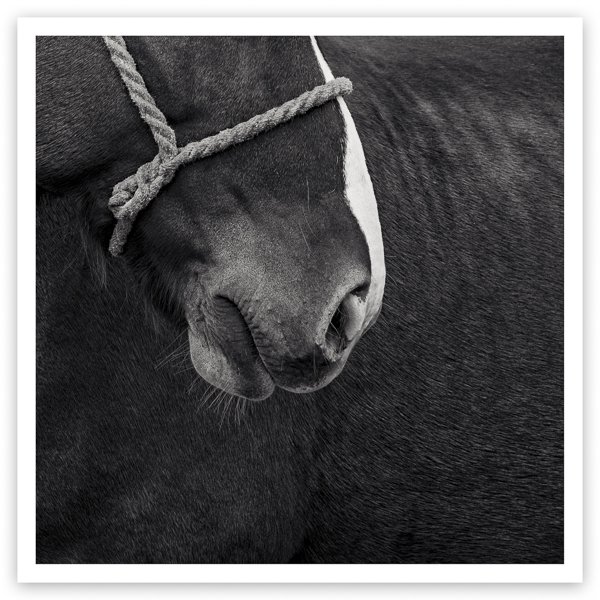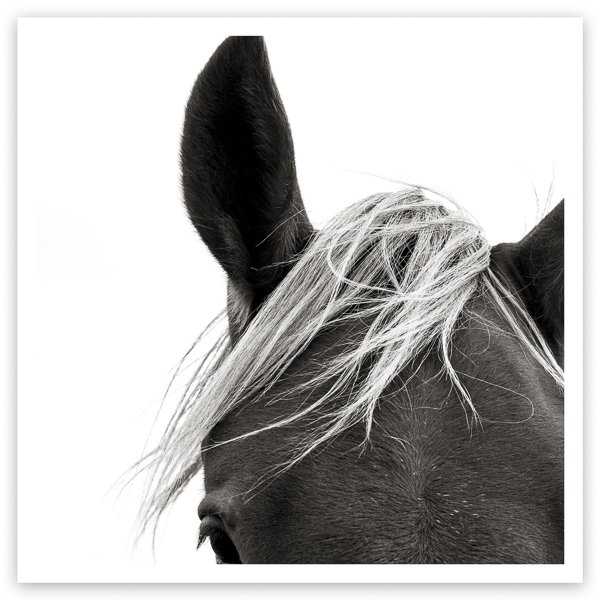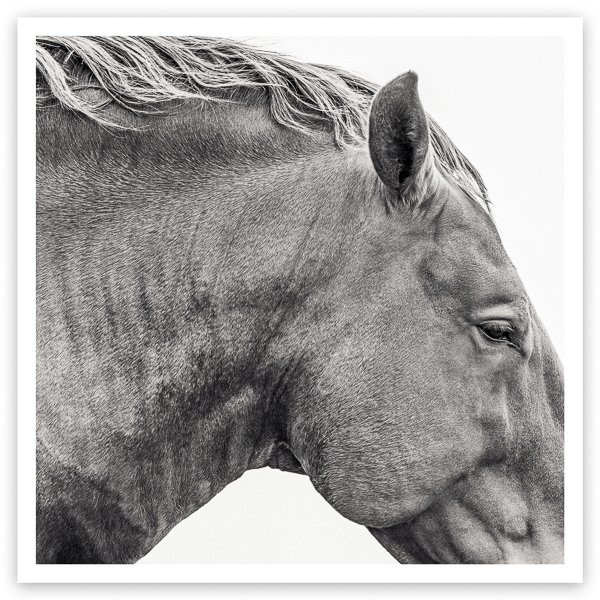The Making of Fine Art Photography Prints
It has been said that anyone can take a photograph, but not everyone can be a fine art photographer. Most people have access to a camera in their mobile phone, and taking selfies and other snaps for social media is the norm these days. Snappers are everywhere, and photographs are ubiquitous in our everyday lives.
So what does it take to create a fine art photography print?
What is Fine Art Photography?
There are many different types of photography, including editorial, commercial, portraiture and so on. The main difference between these and fine art photography is that fine art work has been created specifically for creative expression, and not to follow a commercial brief.
Fine art photography is artwork created according to the artist’s creative vision, using a camera as their chosen tool to express their creativity. There are many things to consider as a project gets going, starting with the initial idea for a new series or image, and building gradually from that, pulling in all the different creative and technical elements.
The resultant artwork is usually released as limited edition fine art photography prints that are sold by the artist, or the artist’s representing gallery, to private art collectors or placed in public collections.
Image Capture
There are many technical decisions to make during the image capture stage, such as the maximum size of the final fine art photography print, which is usually determined by the sensor or film size used; the lighting choices; compositional style, etc. These, and many other factors, are part of the fine art photographer's creative process.
Should film be used, or digital? Each can bring its own visual characteristics, or be technically more appropriate for a particular project. So, whether I’m using a high resolution digital camera, a Hasselblad film camera or a Linhof large format film camera (all of which I use for different work), the choice of equipment is based on the requirements of the project, and eventually the final print.
With digital image capture, post-production work using digital processing software, takes the place of the traditional darkroom, but the skills required can be similar. Master film photographers, such as Ansel Adams, used a variety of darkroom techniques, such as ‘burning’ and ‘dodging’ images to darken or lighten the prints, add contrast, and so on, just as a modern photographer does digitally.
Also, the two are not mutually exclusive, so analogue film can also be brought into the digital world through the use of a high resolution film scanner, giving us the best of both worlds.
Ultimately, the success of a fine art photography print comes down to the intention of the artist and the perception of the viewer. As with all viable pieces of artwork, it’s creative ability combined with the technical knowledge needed to turn the vision into a reality, that, it is hoped, results in a piece of artwork that deeply impacts the viewer and speaks to their soul.
Fine Art Photography Prints
The majority of my fine art photography prints are made using pigment inks on specialist, museum and gallery-quality fine art papers, which are designed to last a lifetime. Sometimes, my work is created as platinum/palladium prints by highly skilled darkroom printers, which adds even more tonal depth to my black and white work. Platinum is more stable than gold, and these prints could potentially last for a thousand years or more!
Digital printing has now become the main method used for the majority of fine art photographers these days, and the art of producing a good print lies in choosing the appropriate papers for the project, as well as getting the technical calibrations exactly right. All of these considerations can effect how the viewer interprets my work and even a subtle variation can change the impact of the final piece.
Each of these stages, from choosing an initial project, to capturing the image itself, and then creating the final print, are all important parts of the process to produce the finished artwork.




